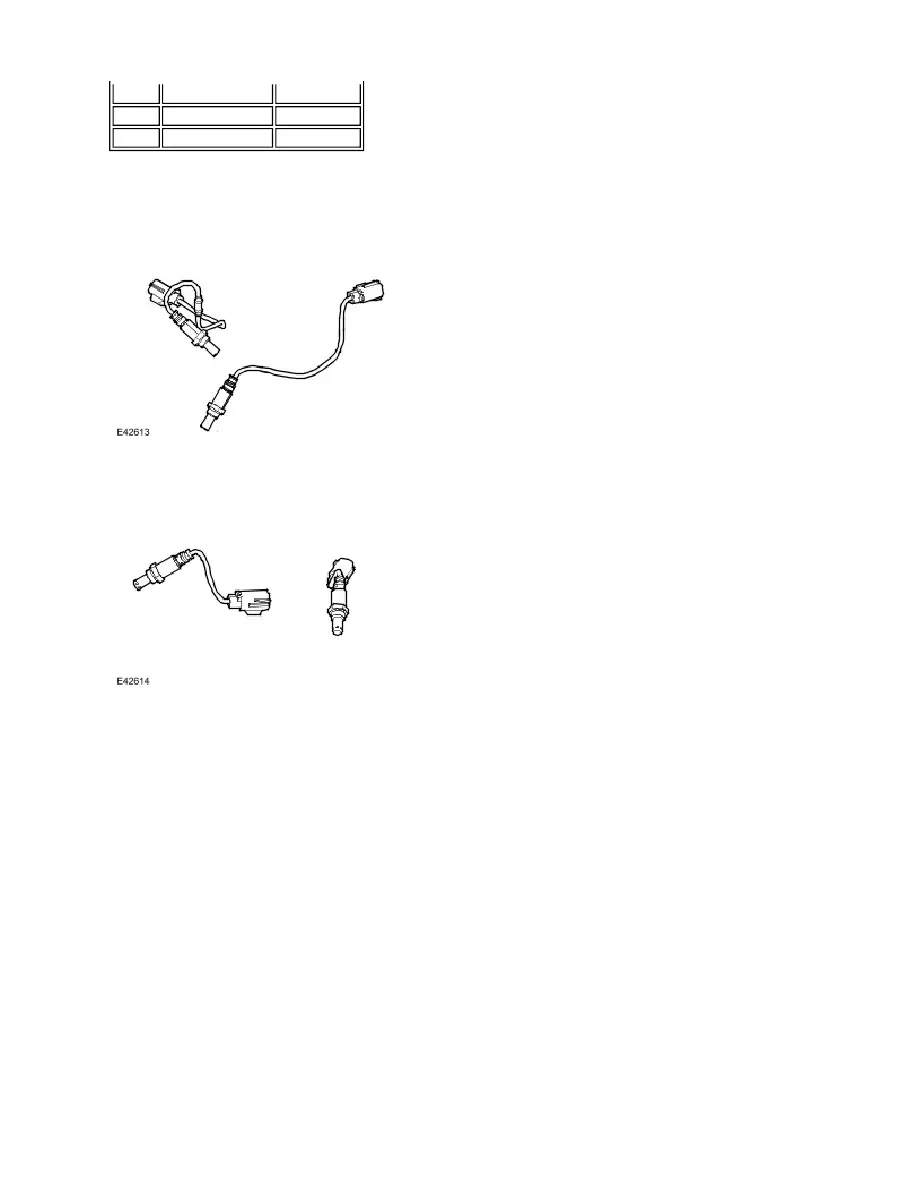LR3/Disco 3

OXYGEN SENSORS
Oxygen Sensor-Upstream
Oxygen Sensor-Downstream
There are four oxygen sensors located in the exhaust system. Two upstream (UHEGO) before the catalytic converter and
two down stream (HEGO) after the catalytic converter. The sensors monitor the level of oxygen in the exhaust gases and
is used to control the fuel/air mixture. Positioning a sensor in the stream of exhaust gasses from each bank enables the
ECM to control the fuelling on each bank independently of the other, allowing much closer control of the air / fuel ratio and
catalyst conversion efficiency.
The Oxygen Sensor needs to operate at high temperatures in order to function correctly. To achieve the high
temperatures required, the sensors are fitted with heater elements that are controlled by a PWM signal from the ECM.
The heater elements are operated immediately following engine start and also during low load conditions when the
temperature of the exhaust gases is insufficient to maintain the required sensor temperatures. A non-functioning heater
delays the sensor’s readiness for closed loop control and influences emissions. The PWM duty cycle is carefully
controlled to prevent thermal shock to cold sensors.
UHEGO (Universal Heated Exhaust Gas Oxygen) sensors also known as Linear or "Wide Band" sensors produces a
constant voltage, with a variable current that is proportional to the oxygen content. This allows closed loop fuelling control
to a target lambda, i.e. during engine warm up (after the sensor has reached operating temperature and is ready for
operation). This improves emission control.
The HEGO sensor uses Zirconium technology that produces an output voltage dependant upon the ratio of exhaust gas
oxygen to the ambient oxygen. The device contains a Galvanic cell surrounded by a gas permeable ceramic, the voltage
of which depends upon the level of O2 defusing through. Nominal output voltage of the device for l =1 is 300 to 500m
volts. As the fuel mixture becomes richer (l<1) the voltage tends towards 900m volts and as it becomes leaner (l>1) the
voltage tends towards 0 volts. Maximum tip temperature is 1,000 Degrees Celsius for a maximum of 100 hours.
Sensors age with mileage, increasing their response time to switch from rich to lean and lean to rich. This increase in
response time influences the ECM closed loop control and leads to progressively increased emissions. Measuring the
6
Supply 2 5 volt
Input
7
Supply 1 5 volt
Input
8
NC
-
